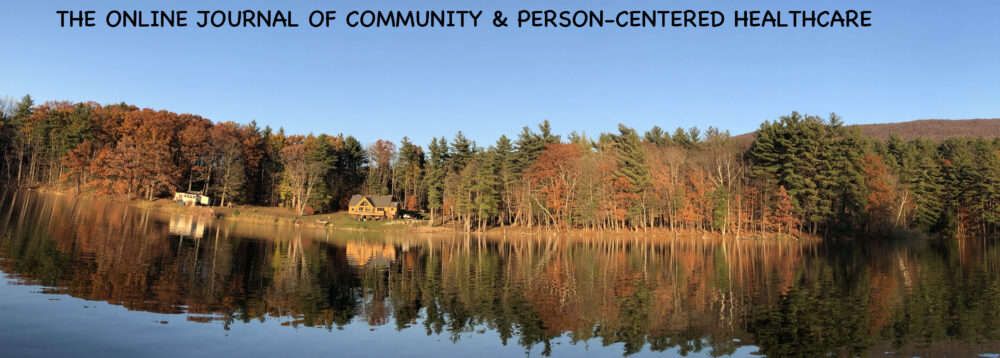By Sara Malik* Key words: delusional parasitosis, psychodermatology, psychiatry, dermatology, mind, skin, insects, infestation, antipsychotics Delusional parasitosis, also known as Ekbom syndrome, is a delusional disorder of the somatic type in which individuals believe that they are infested by insects. Delusional parasitosis was formally recognized as a psychiatric condition by Karl-Axel Ekbom, for whom the condition was eponymously named. Ekbom was a Swedish neurologist who had previously also described restless leg syndrome.1 Patients with delusional parasitosis are not afraid of the insects but are rather convinced that they are infested.2 Individuals will sometimes present with damage to the skin from attempting to remove the perceived insects.2 The incidence of delusional … Continue reading
Category Archives: Sara Malik
Dermatology in Space
Dermatology in Space by Sara Malik Keywords: lunula, solar keratosis, satellite lesions, eponyms, linguistics, dermatology Space exploration has allowed us to traverse the universe and to gain insight into gravity, fluid dynamics, the solar system, and the evolution of planets. However, let us not forget the role that space has played in shaping our language, particularly that in dermatology. Dermatology contains several space eponyms, such as lunula, satellite lesions, and solar keratosis. These space eponyms provide information about an anatomical description, relative location and size, and the etiology of skin conditions. A brief definition and history on these space eponyms in dermatology is provided below. Lunula The term lunula comes … Continue reading
Henna: Multifaceted
Henna: Multifaceted by Sara Malik* Keywords: henna, hair, culture, plants, South Asia, contact dermatitis, dermatology Henna is a dye that is prepared from the plant Lawsonia inermis that has been used for centuries to dye skin, hair, fingernails, and fabrics and can be found in hot climates. Henna has many useful properties as a cooling agent and anti-bacterial herb. The antimicrobial activity of henna is attributed to the free hydroxyls that can combine with carbohydrates and proteins in the bacterial cell wall; the hydroxyls may attach to and inactivate the enzyme sites of the microbes.1 The art of henna is a widespread cultural practice in countries in North Africa … Continue reading
